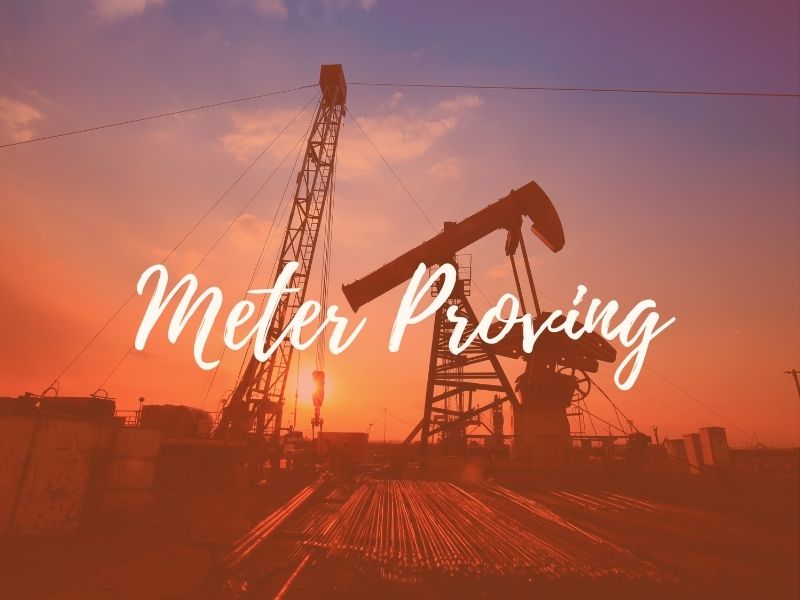Irrespective of many people freely utilizing either meter proving or meter testing, the differences are wide and here are some of these.
Meter Proving is a easy testing that confirms the function of a meter Each meter is different nonetheless, as a result anytime meter proving is done one can possibly expect varied outcomes while employing various techniques of assessment.. For example, a gas meter prover checks the consistency for gas meters.. Meter Proving ideally relies on the validation or meter factor prover, which could be the value employed verifying the contrast amongst the meter’s outcomes with a pre-calculated range..
First meter proving where an expert evaluates the accuracy and reliability of the meter. where the data files was gathered from the meter proving professional, he/she then analyzes that data to national meteorology data extensively obtainable through institutions such as the National Institute for Standards and technologies. Proving meters of hydrocarbon is widespread amongst pipelines. More widespread than not provers have data available from meter station operators to do a comparison of their data outcomes with.
Although meter testing has been in existence for longer than 100 years the exact standard exists at present as it did various years ago. This makes testing from this method is vulnerable to lots of different adaptations and insecurities.

Gas provers verify gas meters and they are probably the most prevalent.Provers are generally utilised in gas meter repair companies, city and county gas meter service centers, and public works sites. Provers work by passing a known quantity of air through a meter whereas tracking the gas meters record, index, or internal displacement. The prover subsequently presents a proof, a value stated as a percent which compares the volume of air passed with the volume of air gauged to establish the meters reliability.
A bell prover has two levels, one inside tank enclosed by yet another outside shell. A space among the tank that is inner exterior shell is loaded with a sealing fluid, normally oil. An upside-down container, also known as the bell, is inserted over the inner tank. The liquid can there be to behave as a airtight seal for testing. Bell provers are oftentimes counter-weighted to offer positive pressure level through a hose and valve affixed to a meter. We very often see casters that are on the bell that allows soft linear motion without having threat of ruining the stress developed by the bell seal moving.
Mistakes in proving by operators is actually common and needs to be regarded and readjusted. One nonuniformity above all others is the most common and that is whenever provers encounter temperature discrepancies amongst the bell meter and the connecting hose pipes employed by the prover. hardware, human, insecure pipes and joints, are things that can possibly also be responsible for inconsistencies.
Over the year technologies has advanced quite a lot and now, with the advent of PLCs (Programmable Logic Controllers), repair shops can automate the bell proving function. Rather than manually raising and lowering the bell prover, solenoid valves attached to a PLC controls air flows through the meter. Temperature, pressure, and moisture sensors may perhaps be applied to supply data in to an automatic bell PLC, and measurements for meter proofs could possibly be managed by a computer or electronic device programmed for this purpose. Since the 90s, computers and PAC (Programmable Automated Controls) are now utilized. Eventually they add more digital sensors that would allow for further automation and decreasing further the need for humans in the testing function.
So there you have it, this is the way meter testing is done and the intricacies of the work required by meter provers in both the field and inside computerized devices.
